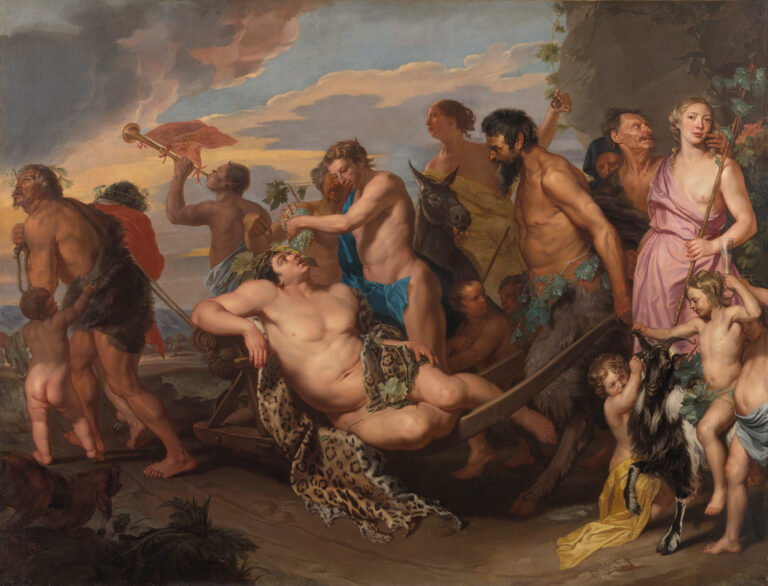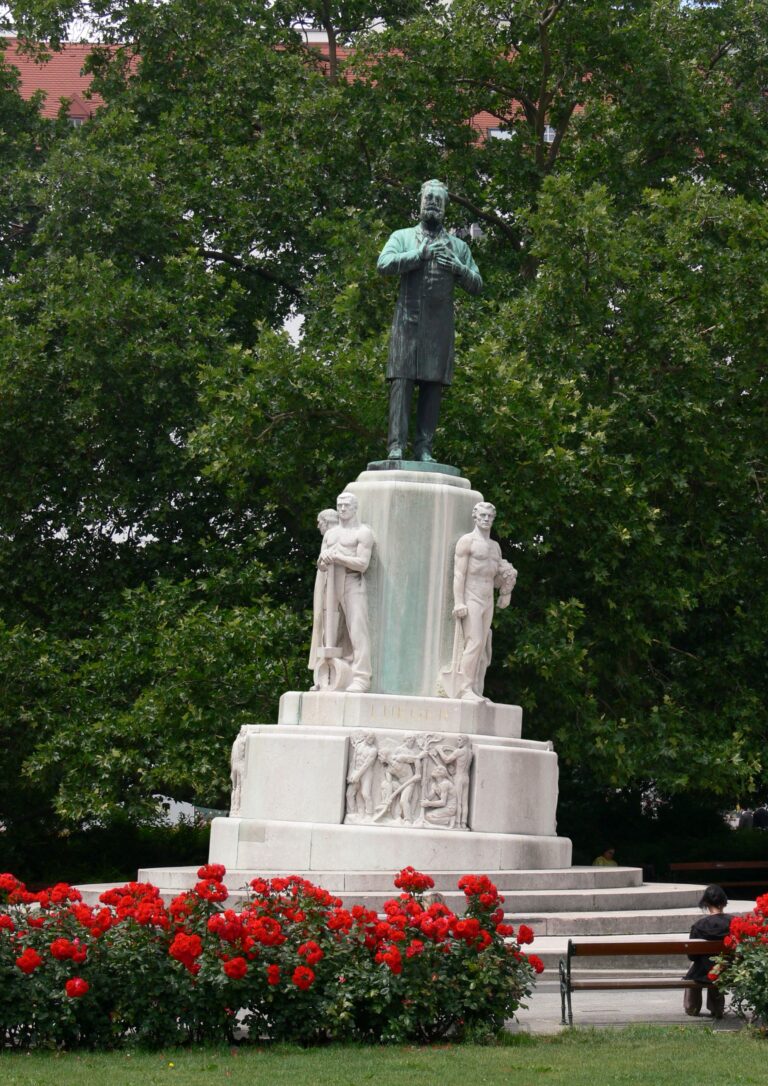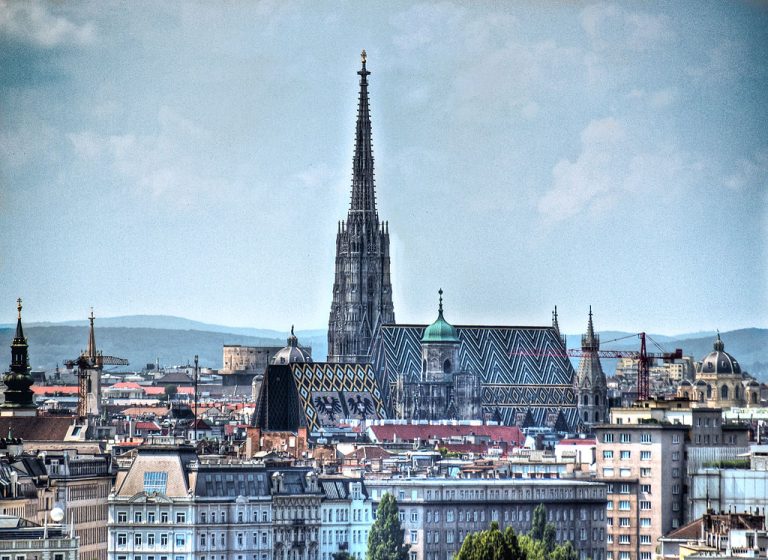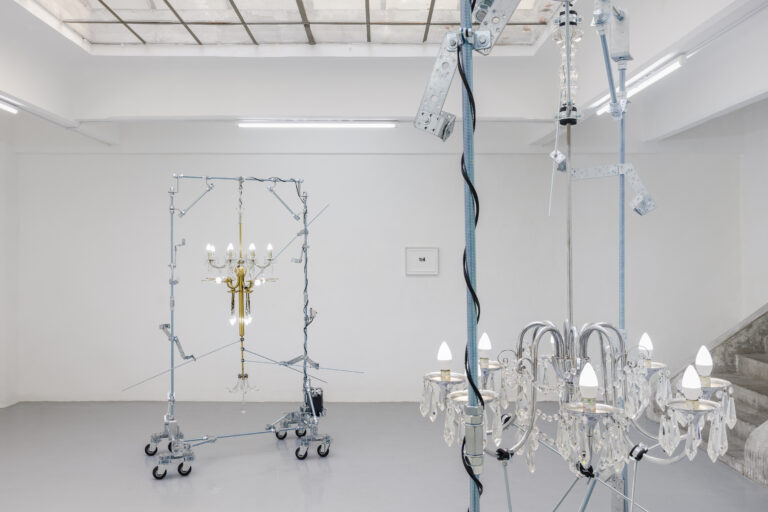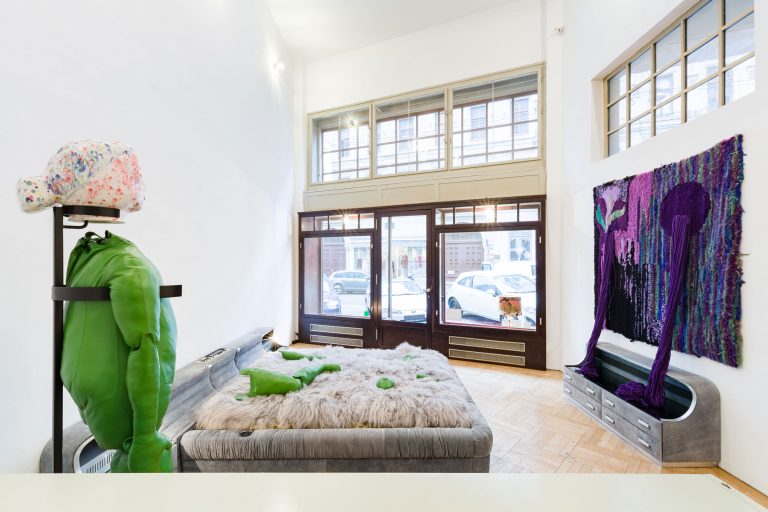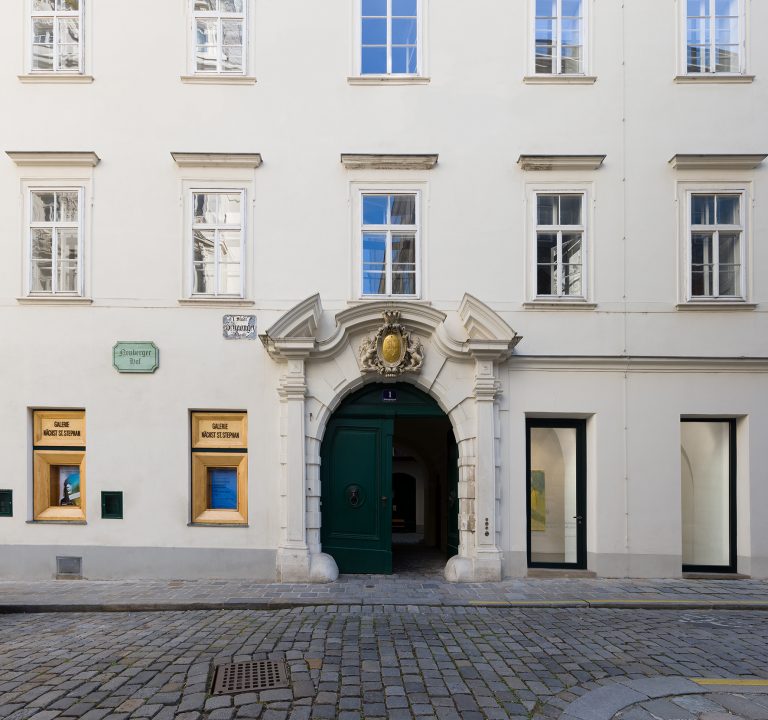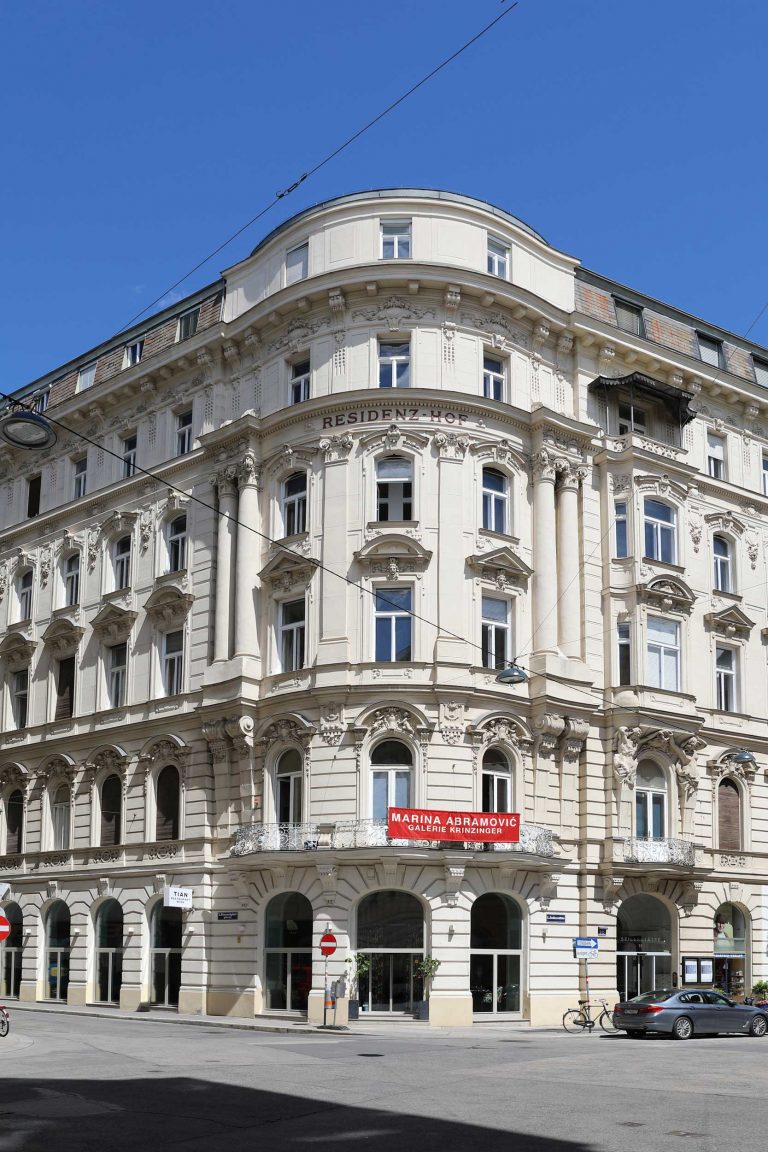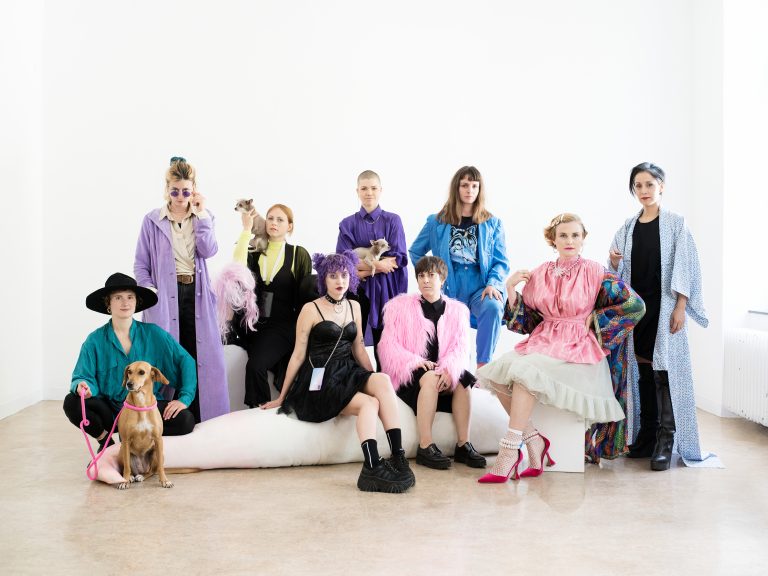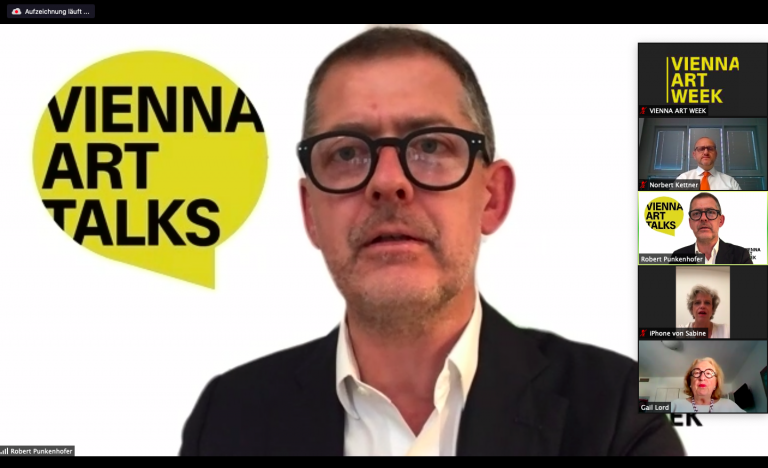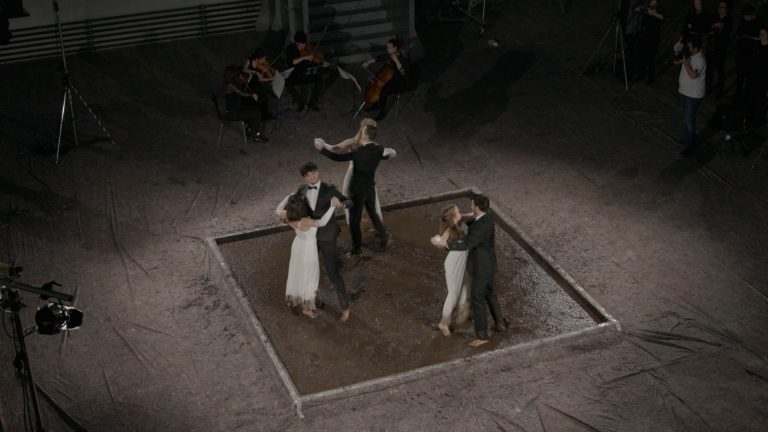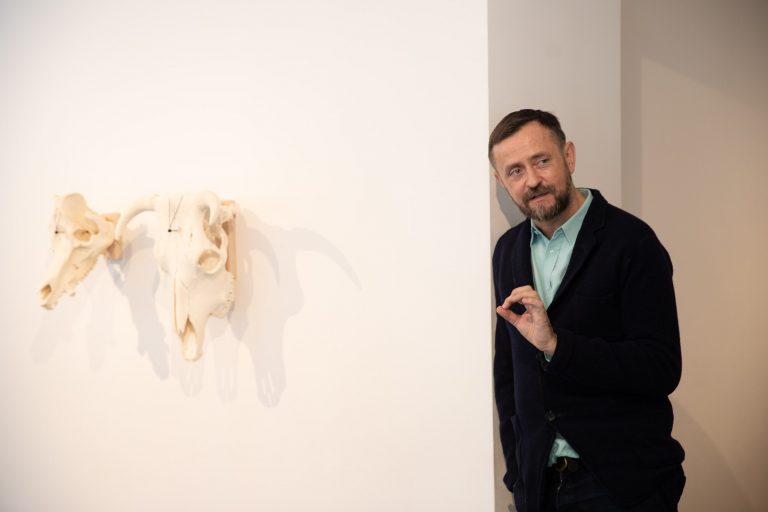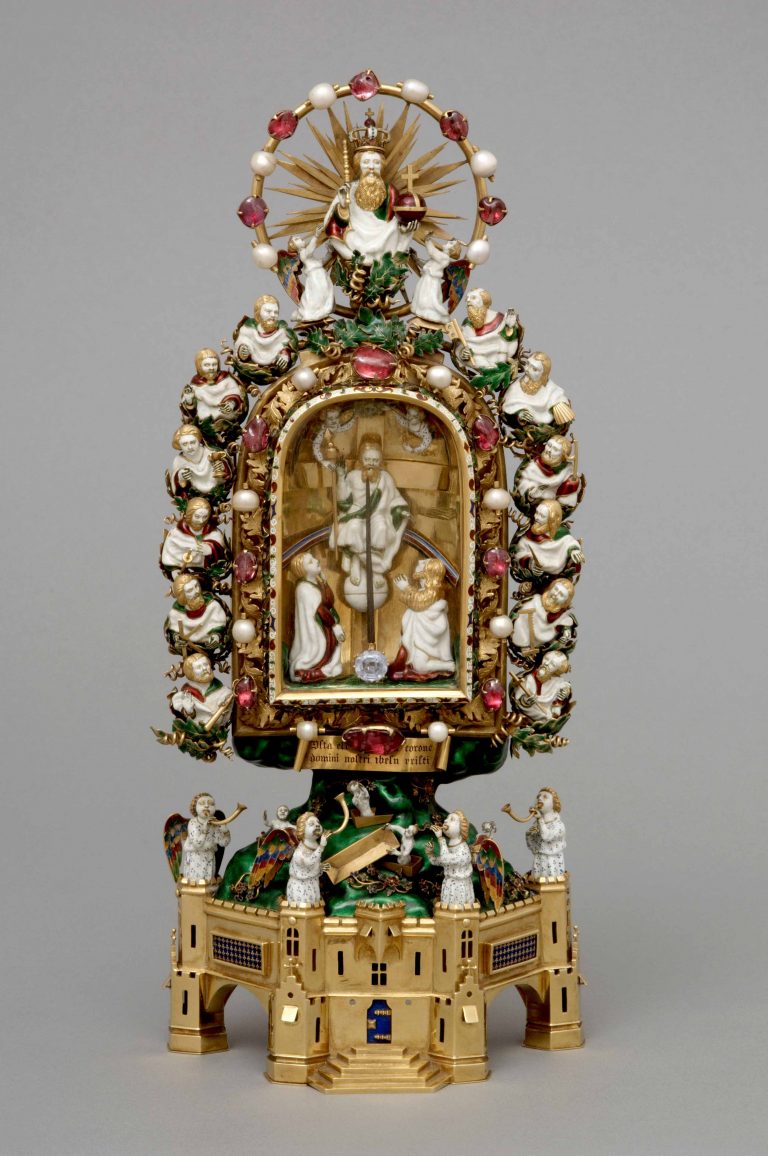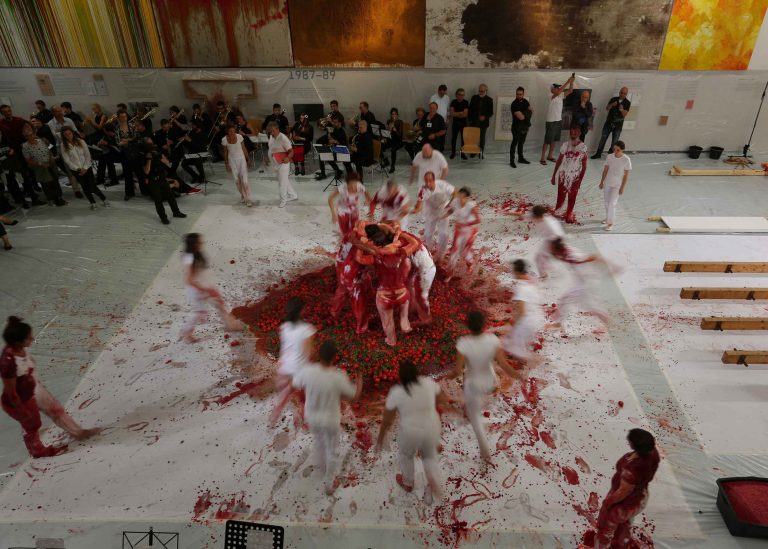Creatively shaping the city.
VIENNA ART WEEK talks to Elisabeth Noever-Ginthör, Director of Creativity & Business at the Vienna Business Agency, about spaces of creative use and why the topic has long engaged and accompanied her.
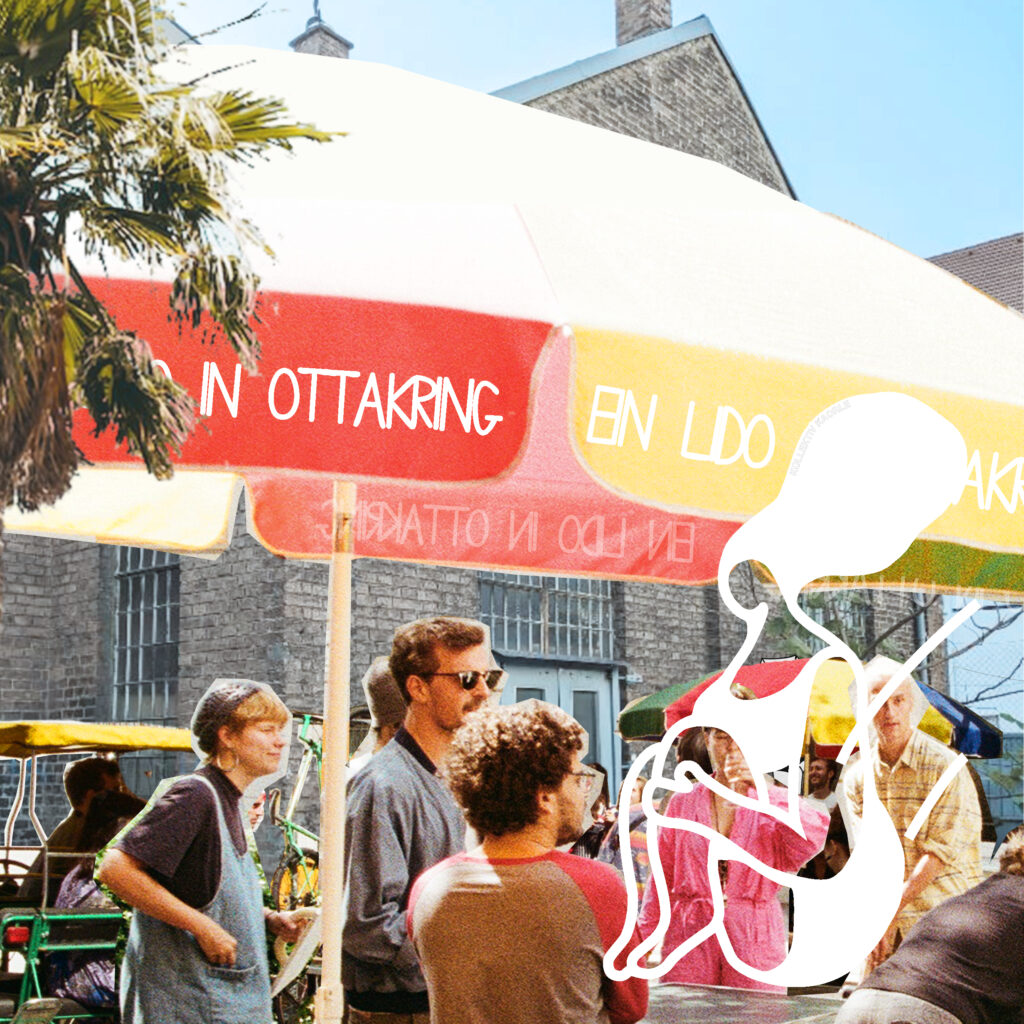
„Ein Lido für Ottakring“ by Kollektiv Kaorle © Timo Bogataj
The Vienna Business Agency offers services for creative professionals in the fields of architecture, design, the film industry, the art market, fashion, multimedia, the music industry and publishing. These services, which are free of charge, include consulting, networking and measures to make the creative scene visible.
In addition to the opportunity to apply for funding on an ongoing basis, the Vienna Business Agency regularly hosts competitions. Most recently, the competition “Creatives for Vienna – Making Spaces” called for entries for the development and further development of spaces for creative use.
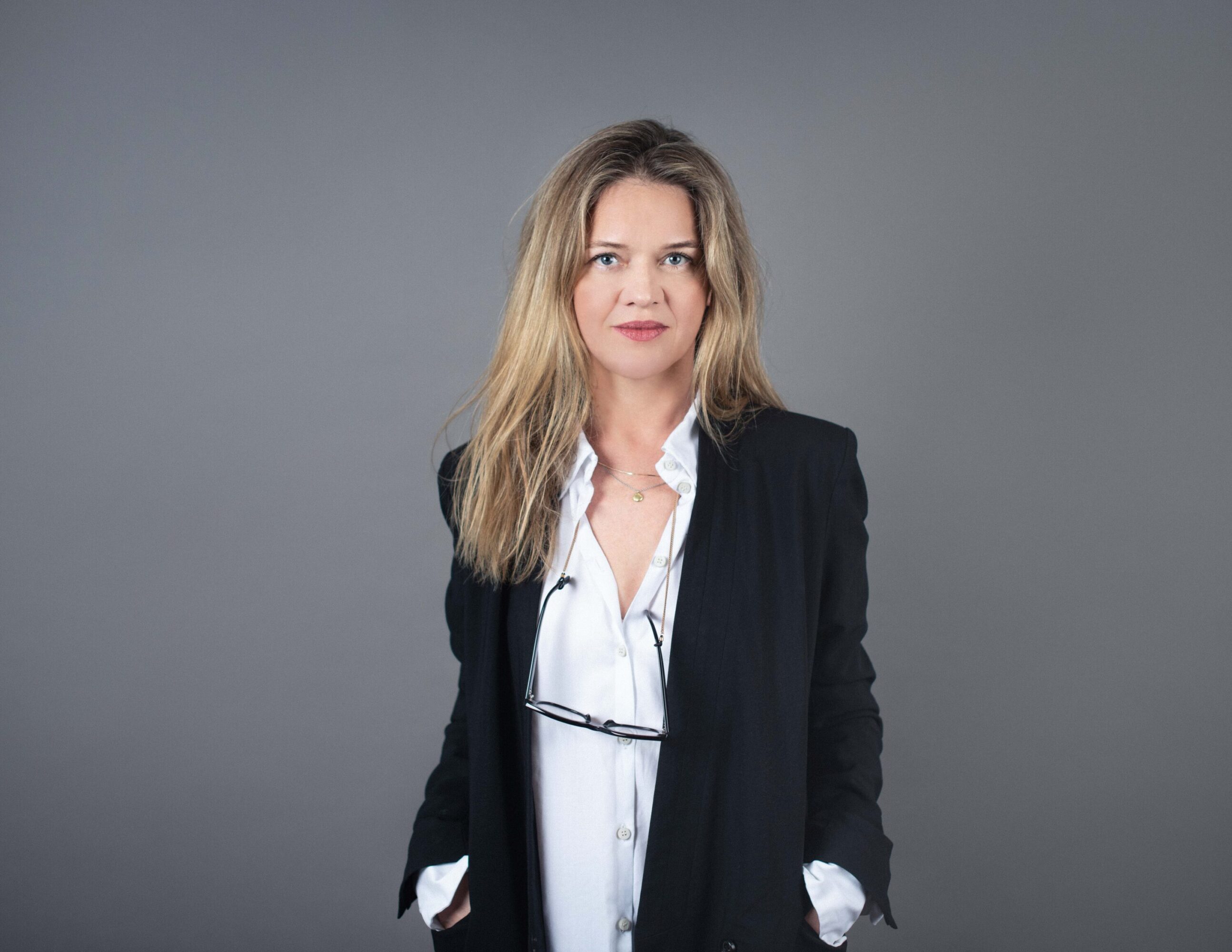
Elisabeth Noever-Ginthör, Director of Creativity & Business at the Vienna Business Agency © Wirtschaftsagentur Wien, Karin Hackl
VIENNA ART WEEK: Ms. Noever-Ginthör, why is the topic of available and affordable space important for the creative scene in Vienna?
The pioneering role of the creative industries with regard to entrepreneurship, new forms of work and cooperation, but also the adaptability of the modern working environment have – not least as a result of the pandemic – come back into focus. The work of creative producers is also often concerned about maintaining our quality of life and the social development of our city.
Available and affordable space is a decisive factor for the emergence of new models for work and economy, but also for the design of development perspectives of cities.
In this context, the use of space as a resource has many facets. The theme of a sustainable approach to space plays out where communities need space for exchange and growth and where creative production is combined with exhibition practice, vacancy activation and interim use. Available spaces in the city – whether ground-floor premises or larger building complexes, whether used temporarily or activated for long-term establishment – are important places for experimentation and, not least, necessary statements against the global uniformity of taste.
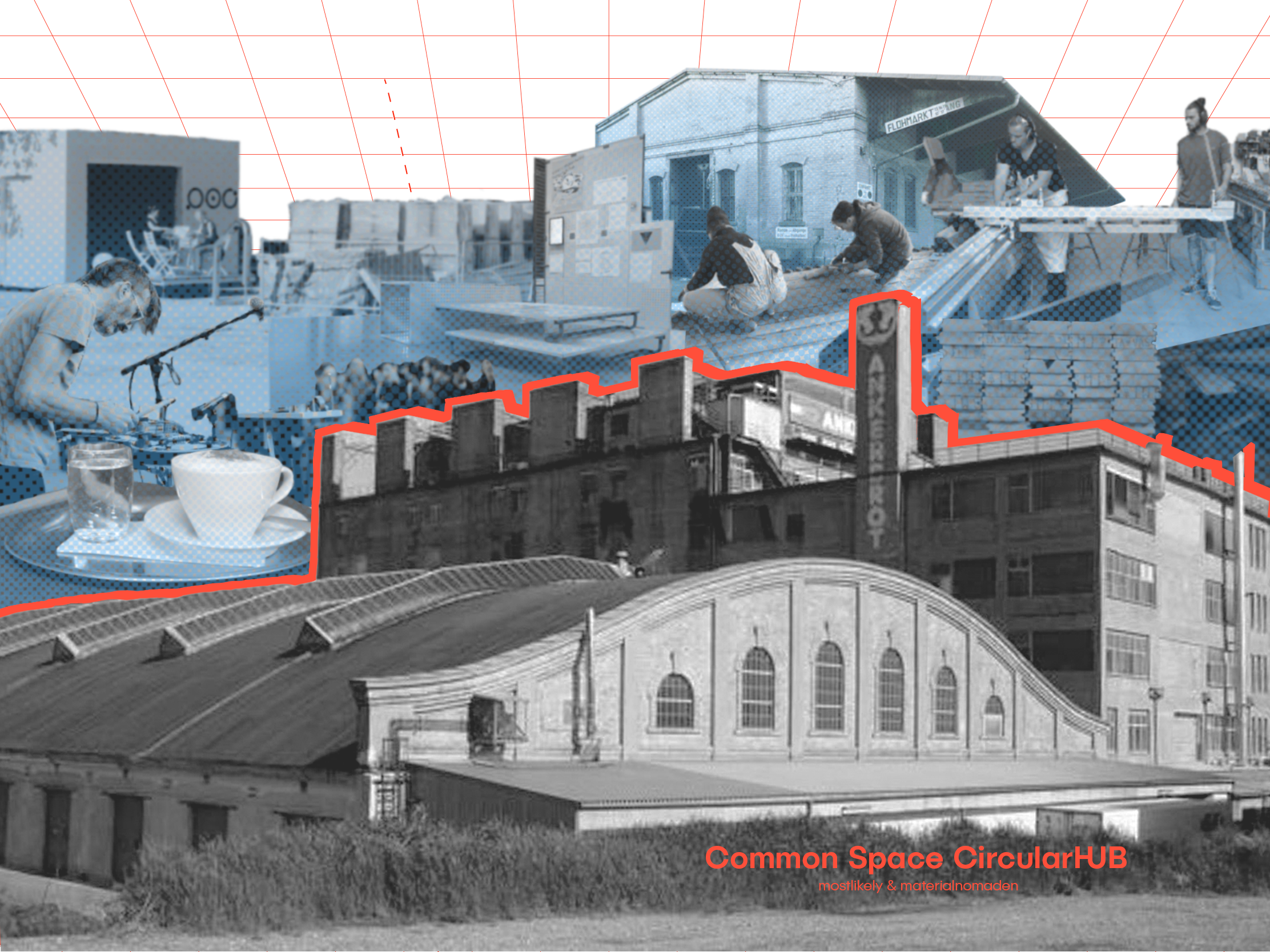
COMMON Space Circular Hub by Mostlikely Architecture and Materialnomaden © Mostlikely & materialnomaden
The competition “Creatives for Vienna – Making Spaces” focuses on the topic of spaces for creative uses – which questions are in the foreground here?
Creative communities need space for sustainable cooperation and co-creation. To us, is is particularly important to think one step further in regard to new typologies of space and use of space. We asked the community which spaces enable creative production and interdisciplinary work; how workspaces need to be rethought to support the work of creative practitioners and how their work can have an impact on the immediate environment and foster social interaction in the city.
But with “Making Spaces” we also wanted to show the enormous commitment of people engaged in this scene in Vienna who open up spaces for creative uses – often for many years. This is a very demanding and sometimes arduous task, but one that not only benefits the users, but also provides an essential basis for urban and neighborhood development.
With their work, they tap the creative potential of community engagement in the city and thus not only raise their own profile, but also that of Vienna as a creative location.
And what did the Viennese creative scene have to say about it?
We were overwhelmed by how many great projects reached us. In total, there were 139 concepts from all areas of the creative industries, from architecture, design, fashion and music to art and multimedia submitted to the competition. The map of the city that we can now draw is also impressive: the concepts submitted for the development of spaces are spread all over the city and have an enormous range in terms of content and spatial typology.
For example, “Ein Lido für Ottakring” by Kollektiv Kaorle turns a former corner pub with two historic workshop halls and an inner courtyard into a place of community for low-threshold production, events and recreation. Located in a former embassy villa, the Villa Lala is Vienna’s first production complex for music, which combines everything from songwriting, to the final production with co-writing spaces, residency and in-house studio, all under one roof. In the former studio house of sculptor Wander Bertoni, ECHO CORRESPONDENCE has built an impressive center for contemporary art with an internationally oriented residency program, gallery and community space. And with the COMMON Space Circular Hub by Mostlikely Architecture and the Material Nomads, we were also able to foster a center for circular and creative economy that is pioneering in the fields of urban mining, repair and upcycling. Through open spaces and workshops, the creative economy is engaged and encouraged to network in the circular economy.
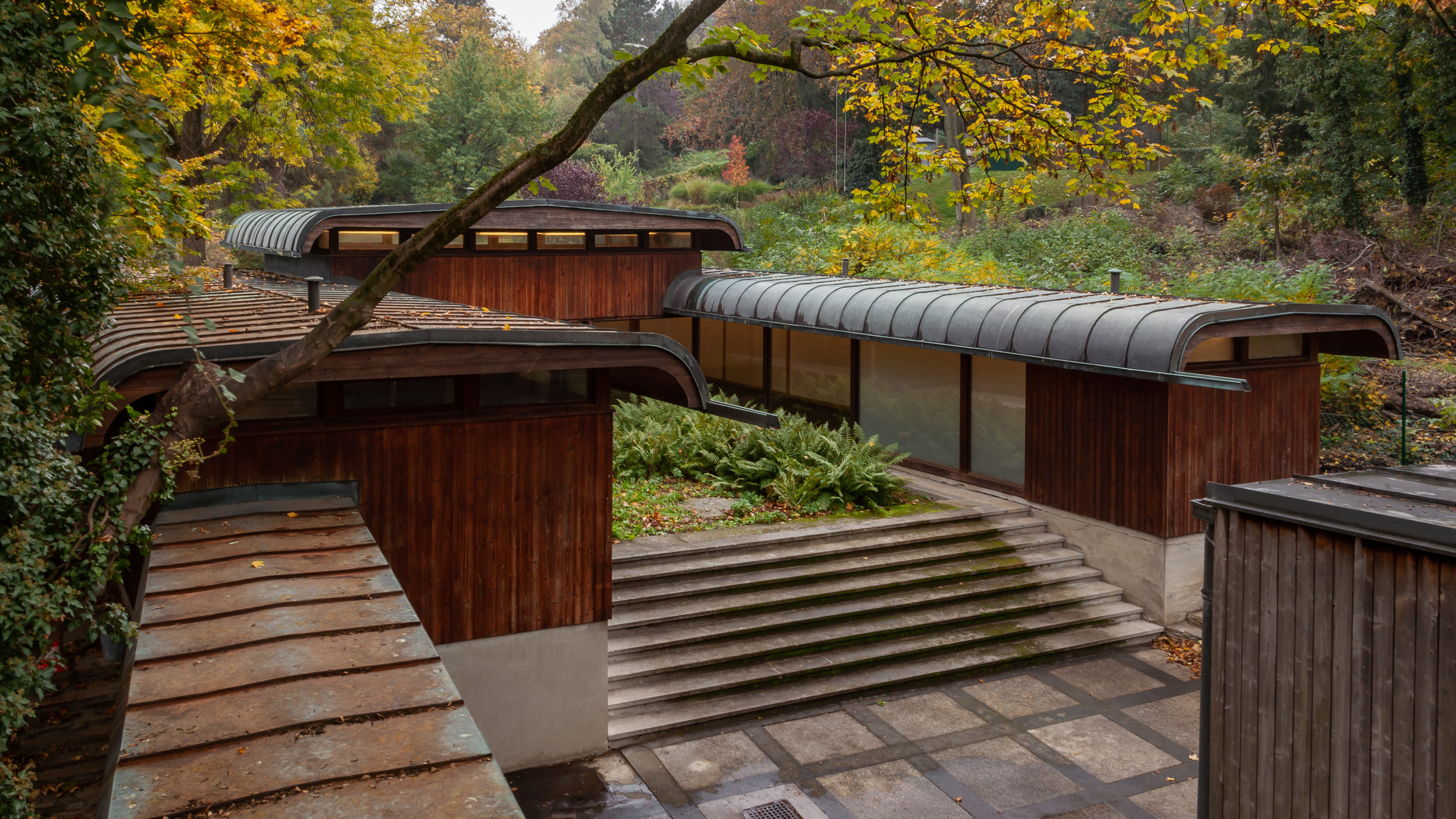
ECHO CORRESPONDENCE © Jennifer Gelardo
What other support does the Vienna Business Agency offer regarding space for creative work?
In order to enable greater use of the potential of interim uses, the Kreative Räume Wien – Service für Leerstandsaktivierung und Zwischennutzung (KRW) (Creative Spaces Vienna – Service for Vacancy Activation and Interim Use) was founded in 2016 together with the City of Vienna’s departments of Culture and Urban Development. The KRW’s task is to network and advise spatial companies, spatial seekers and property owners and to communicate the topic. More information is available at www.kreativeraeumewien.at.
The Vienna Business Agency also offers a broad, ongoing portfolio of subsidies on the topic of spatial use. The “Grätzelinitiative Ottakring” supports companies in a selected area of Ottakring. The aim is to make the Grätzel (neighborhood) more attractive through new openings and to expand the local offering.
Through “Geschäftsbelebung Jetzt!” (Business Revival Now!), the Vienna Business Agency also supports players in activating vacant ground-floor business premises. Small and medium-sized enterprises receive funding of 50 percent for investments in structural measures.
And, of course, we will continue to keep an eye on the creative industries: the next edition of Creatives for Vienna will take place in 2024…
More at: www.viennabusinessagency.at
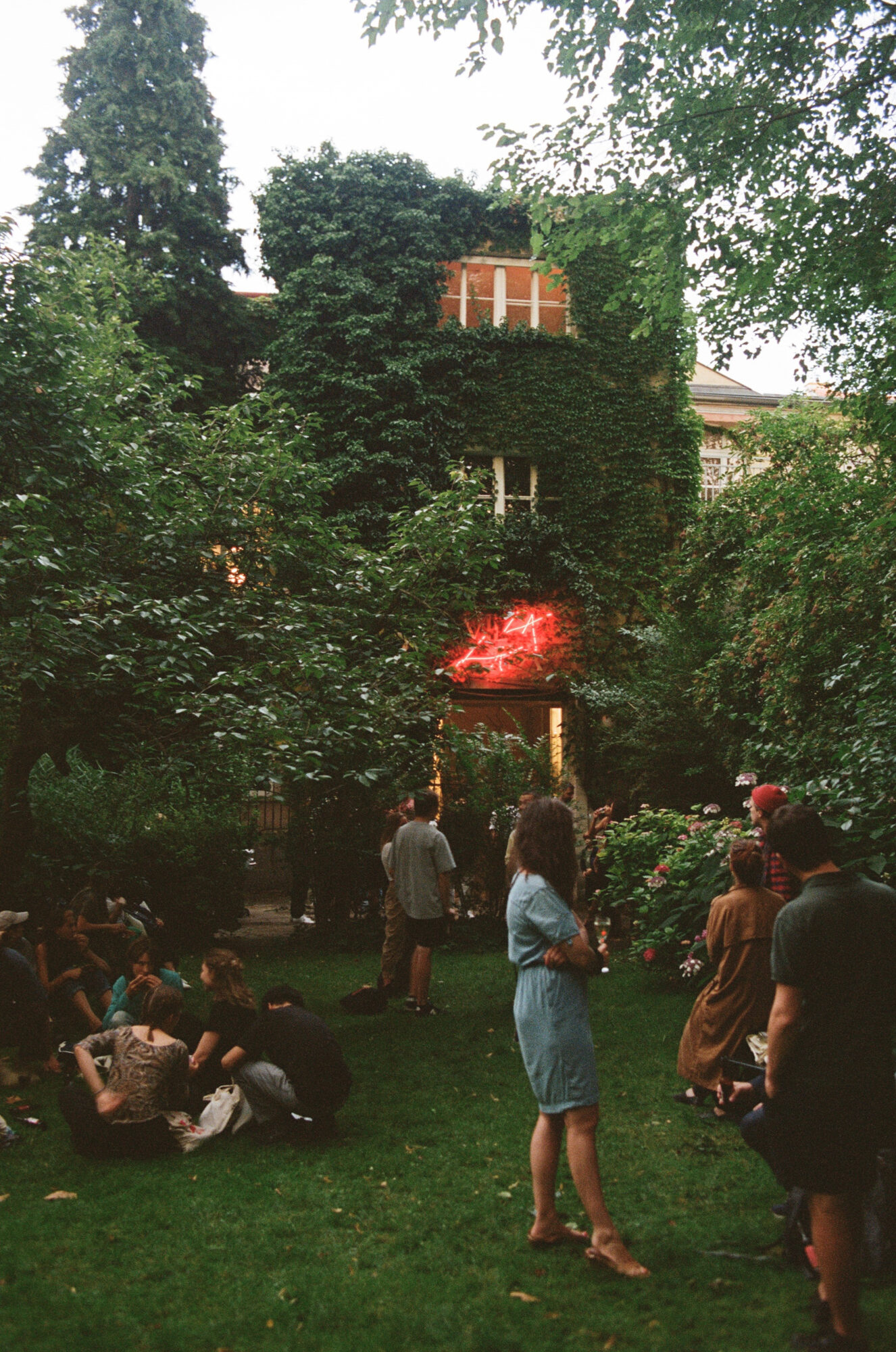
Villa Lala © Florian Moshammer
